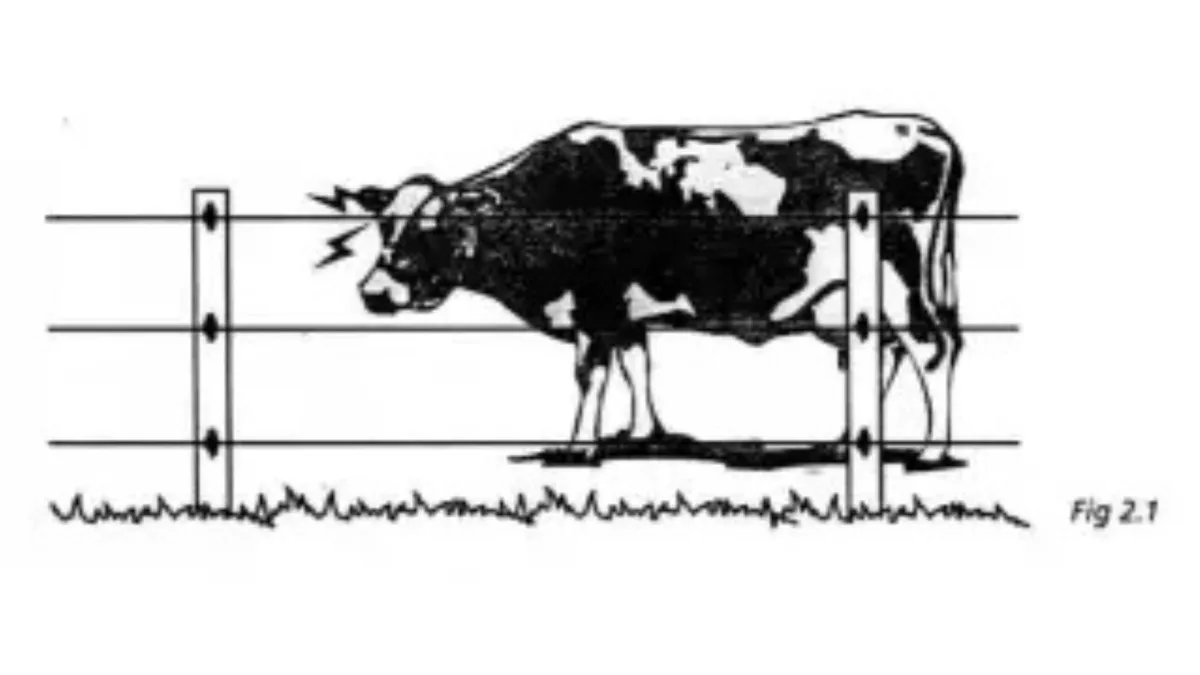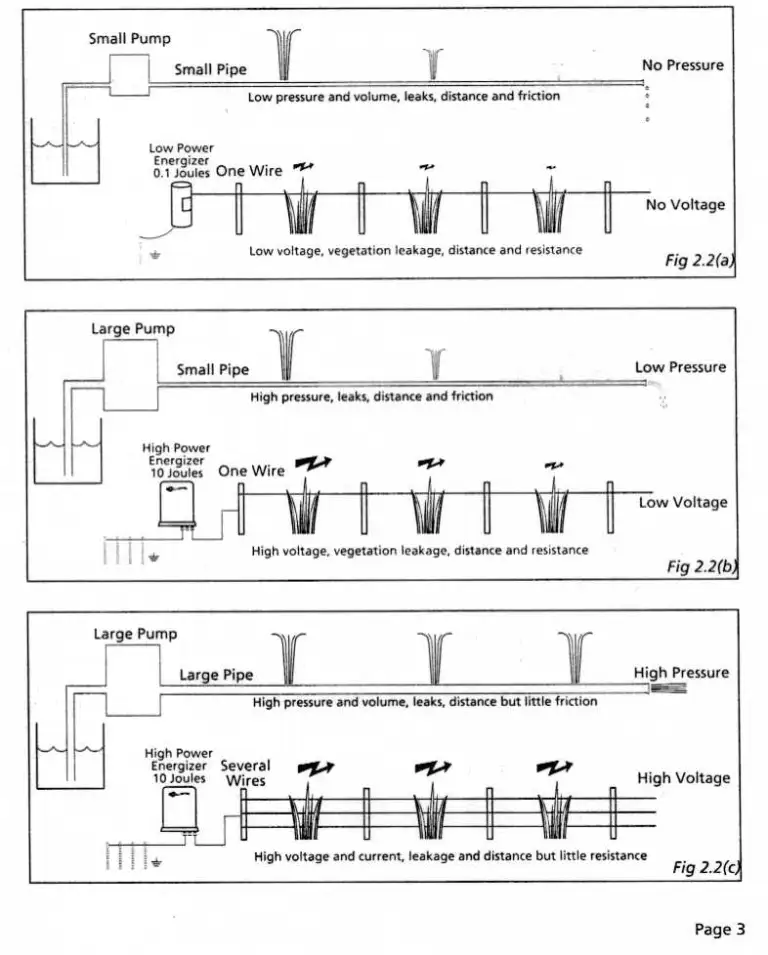
Power Fencing on the Lifestyle Block: What You Need to Know
A power fence (or electric fence) is a psychological barrier that uses short, safe pulses of electricity to keep farm animals in and unwanted animals out, even across long distances. It's a low-cost, flexible alternative to traditional fencing and is ideal for grazing control and land subdivision.
Where to Start
One of the most common questions lifestyle farmers ask is, "Where do I start?"
Understanding the basics before you begin will make your fence easier and more economical to install. The first decision is whether you need a permanent or portable power fence, and which type of power source suits your situation: mains, battery, or solar.
Permanent vs Portable Power Fencing
Permanent Power Fencing
Best for long-term stock control and boundary lines. It is durable, economical over time, and requires little maintenance when built well.
What you’ll need:
Electric fence energiser
Earth (ground) system
Leadout cable
End strain insulators
Line post insulators
Joint clamps
Cut-out switches
Electrified gates
Wire tighteners
Fence posts
2.5 mm high tensile galvanised wire
Staples
Offset brackets (optional for added protection)
Portable Power Fencing
Ideal for temporary paddock divisions, short-term animal control, or rotational grazing setups. These fences are lightweight, flexible, and quick to move.
What you’ll need:
Electric fence energiser
Battery (or solar unit)
Earth system
Reels
Polytapes, wires, or braids
Portable fencing posts
Connector leads
Insul-grips
How Power Fencing Works
A pulsed electric current, about one pulse per second, is sent along the fence wire from an energiser, which is connected to the ground via an earth stake. When an animal touches the fence, it completes the circuit between the wire and the ground and receives a short, sharp shock. The experience is unpleasant but not harmful, and most animals learn to avoid the fence after one or two encounters.
On very dry ground, a second earth return wire may be needed to complete the circuit effectively, especially in sandy or drought-prone areas.
Understanding Resistance and Wire Choice
The resistance of the wire affects how efficiently the current flows along the fence. This is measured in ohms (Ω). A lower resistance value means the wire conducts electricity more effectively.
You can think of it in water flow terms:
Voltage is like water pressure
Amps are like water flow
Resistance is like the friction inside the pipe
Choosing wire with lower resistance ensures a stronger and more consistent shock at the far ends of the fence line. This is particularly important for longer runs or when using multiple wires.

Key Advantages of Power Fencing
Lower cost: Materials and labour are significantly cheaper than conventional fencing, especially for large areas.
Quicker to build: Fewer posts, no battens, and lighter components make it faster and easier to install.
Long-lasting: With minimal stock pressure, a well-constructed electric fence can last for years with little maintenance.
Flexible layout: Ideal for temporary or rotational grazing, and easy to shift or adjust as paddock needs change.
Improved animal safety: Unlike barbed wire, electric fences do not cause physical injury. Even if animals push through, they are unlikely to be hurt.
Better pasture management: Subdividing paddocks becomes easier, helping you respond to seasonal variation in grass growth.
Tree protection: Electric fences can keep animals away from young trees or shelterbelts.
Visually discreet: When properly tensioned and aligned, electric fences can be relatively unobtrusive.
Design and Construction Tips
Electric fences rely on psychological deterrence rather than physical strength, but they still need to be built well to withstand wind, weather, and animal pressure. Here are some tips:
Choose an energiser suited to your total fence length and the type of animals you’re containing.
Use good-quality insulators and make sure the earth stake is correctly installed.
Avoid sharp corners and use strong end posts or anchor points.
Check regularly for vegetation touching wires, which can reduce effectiveness by shorting the current.
Final Thought
Power fencing is not just a cheaper option, it's often a smarter one for lifestyle block owners. With the right setup, quality materials, and some regular checks, you can maintain a safe and reliable fence that works for both your animals and your land.
If you're working out what type of fence is best for your block, or how to build one that lasts, download our LSB Guide to Fencing. It covers the tools, techniques, and design choices you’ll want to get right from the start.

